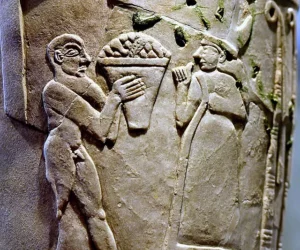The Warka Vase is one of the most significant artifacts from ancient Mesopotamia. It was discovered in the ruins of the ancient city of Uruk, also known as Warka, in present-day Iraq. This vase dates back to approximately 3200–3000 BC, during the Uruk period, when Uruk was a powerful city-state. Scholars consider the vase a…
The Sumerians
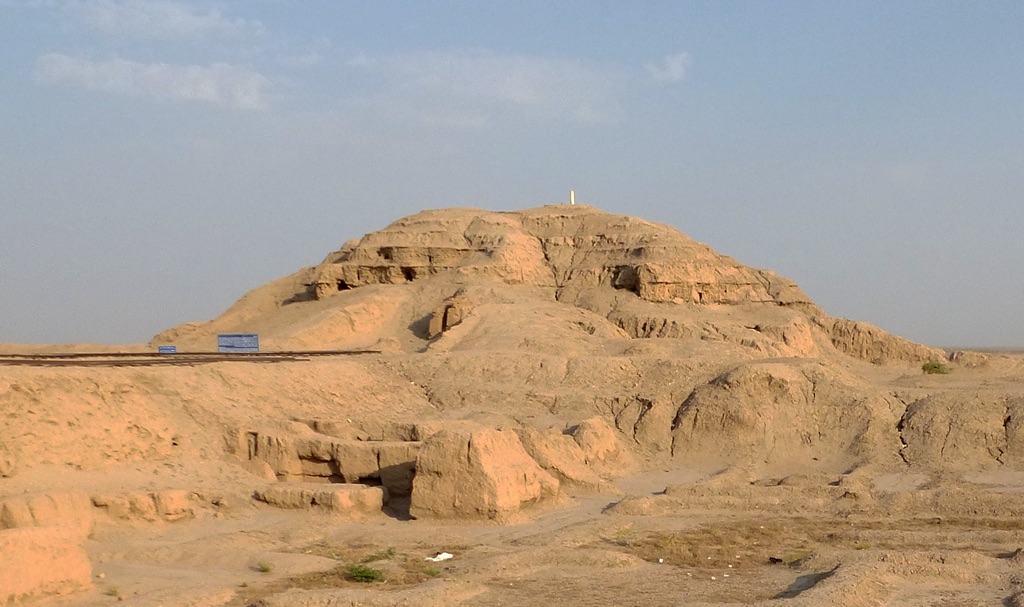
The Sumerians, emerging around 4500 BCE in what is now modern-day southern Iraq, are recognized as one of the earliest urban civilizations in human history. Settling in the fertile lands of Sumer, thanks to the enriching floods of the Tigris and Euphrates rivers, they were able to establish an agricultural society that would lay the groundwork for the development of some of the world’s first cities. These cities, including Uruk and Ur, became bustling centers of trade, religion, and governance. The Sumerians were not only pioneering farmers but also innovators, credited with the invention of the wheel, the sailboat, and the plow, which brought about revolutionary changes in transportation and agriculture. One of the Sumerians’ most significant contributions to civilization was the invention of cuneiform writing. Initially created for the purpose of record-keeping, this writing system expanded to include laws, literature, and personal correspondence, playing a pivotal role in the documentation and understanding of ancient Middle Eastern cultures. The Sumerians’ language and script, along with their religious practices centered around a pantheon of gods and goddesses, deeply influenced their daily lives and governance. They constructed monumental ziggurats as places of worship, with the Great Ziggurat of Ur standing as a testament to their architectural and religious fervor. Their advancements in fields such as mathematics, astronomy, and legal systems left a lasting impact on subsequent cultures, cementing the Sumerian civilization as a cornerstone in the annals of human history. The Sumerians were known for a multitude of achievements that have had a lasting impact on civilization. Beyond their architectural and agricultural innovations, their development of cuneiform writing marks one of humanity’s first steps towards complex communication and record-keeping systems. This invention not only facilitated the administration of their cities and the organization of their sophisticated legal systems but also allowed for the preservation of literary and scientific knowledge. The Sumerians’ contributions in mathematics, including the creation of a sexagesimal (base-60) number system, have influenced modern timekeeping and mathematics.
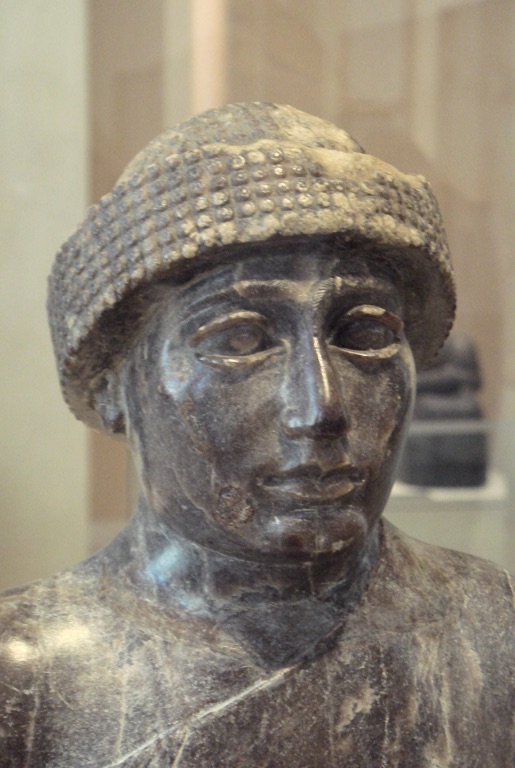
Regarding the origins of the Sumerians, their exact racial classification remains a subject of historical and anthropological debate. However, it is generally agreed that they were a unique people who emerged in the Mesopotamian region. Their distinct language, unrelated to the Semitic languages of their Akkadian successors or the Indo-European languages of later settlers, suggests a unique lineage. The Sumerians’ cultural and technological innovations set them apart as a significant group in ancient history, regardless of their precise racial origins. The Sumerian religion was polytheistic, with a pantheon of gods and goddesses who were believed to control all aspects of the natural and supernatural world. This belief system was deeply integrated into their daily lives, governance, and cosmology. The construction of ziggurats, massive terraced structures, served not only as temples for worship but also as physical representations of their religious beliefs, with the belief that these were the dwelling places of the gods on earth. Today, the Sumerians themselves have long since vanished as a distinct group, assimilated into the tapestry of civilizations that followed in the Mesopotamian region. However, their legacy endures through their contributions to human civilization. The innovations and advancements made by the Sumerians in writing, architecture, law, and mathematics have been inherited by successive cultures, influencing the development of the ancient world and beyond. The study of Sumer and its culture continues to provide valuable insights into the early stages of urban development, the evolution of writing, and the complexities of ancient religious practices, ensuring that the Sumerians hold an enduring place in the story of human progress.
Ancient Sumerian Archaeological and Historical Sites
FAQ: Deciphering the Enigma of the Ancient Sumerians
What race were the ancient Sumerians?
The ancient Sumerians are a topic of much fascination and debate among historians and archaeologists. They inhabited the southern part of Mesopotamia, in what is now modern-day Iraq. As for their racial origins, the Sumerians do not fit neatly into the categories used to classify races today. They were a unique group, distinct from the Semitic peoples (Akkadians, Assyrians, and Babylonians) who lived in the northern parts of Mesopotamia. The Sumerians spoke a language isolate, meaning it is not related to any other known language, which further mystifies their origins. Genetic studies and historical research continue to explore their roots, but as of now, the race of the ancient Sumerians remains a complex and unresolved question. 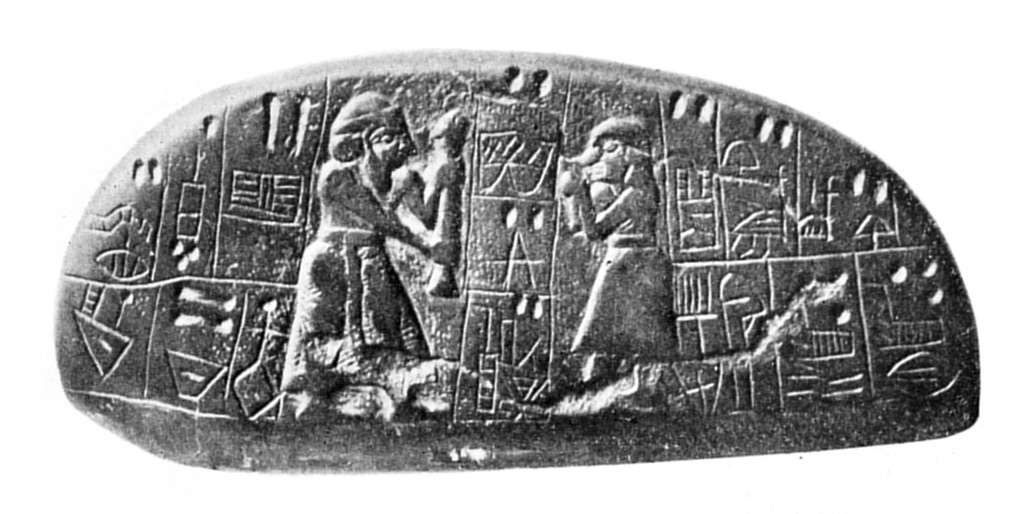
Who were the Sumerian Gods?
The Sumerians had a rich and complex pantheon of gods and goddesses, each overseeing different aspects of the world and human life. Some of the most prominent deities included: – Anu: The sky god, considered the father of the gods. – Enlil: God of air, wind, and storms, and a key figure in Sumerian mythology. – Enki (Ea): God of water, knowledge, mischief, crafts, and creation. – Inanna (Ishtar): Goddess of love, beauty, sex, desire, fertility, war, justice, and political power. – Utu (Shamash): Sun god and god of justice. – Ninhursag: Goddess of the earth, fertility, and birth. – Ereshkigal: Goddess of the underworld.
Where are the Sumerians now?
The Sumerians as a distinct people gradually blended with the Akkadians, a Semitic people who migrated into Mesopotamia. Over time, the Sumerian language was replaced by Akkadian as the lingua franca of the region, although it continued to be used as a sacred, ceremonial, and scientific language in Mesopotamia for centuries. The genetic and cultural legacy of the Sumerians likely persists in the populations of modern-day Iraq and surrounding regions, but the Sumerians as a distinct civilization ceased to exist by the end of the 3rd millennium BCE.
What was the timeline of the Ancient Sumerians?
The timeline of the ancient Sumerians is generally divided into several periods: – Ubaid Period (c. 6500–3800 BCE): Prehistoric period characterized by the establishment of the first villages. – Uruk Period (c. 4000–3100 BCE): The emergence of urban life and the development of writing. – Early Dynastic Period (c. 2900–2334 BCE): The formation of city-states and the flourishing of Sumerian culture. – Akkadian Period (c. 2334–2154 BCE): Sumerian city-states were conquered by Sargon of Akkad, leading to the Akkadian Empire. – Neo-Sumerian Period (c. 2112–2004 BCE): A Sumerian renaissance under the Third Dynasty of Ur, before the rise of the Amorites and the eventual decline of Sumerian civilization. 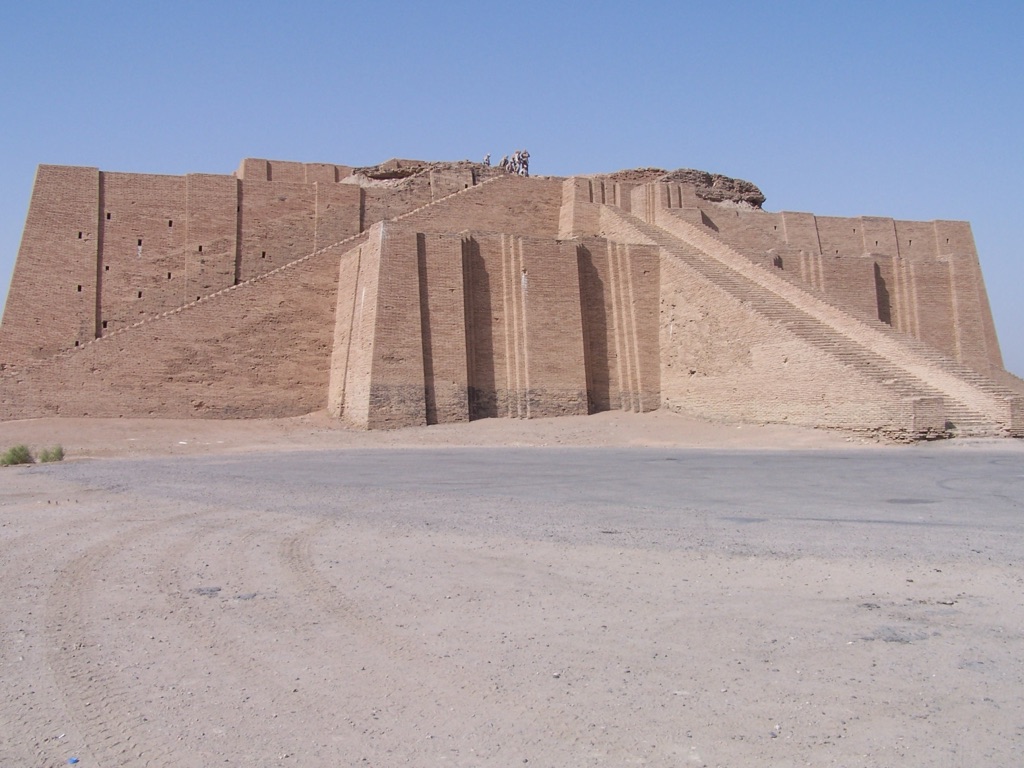
What did the Sumerians invent?
The Sumerians were remarkable innovators and are credited with numerous inventions, including: – The wheel: Revolutionizing transportation and pottery making. – Cuneiform writing: One of the world’s first writing systems, initially used for record-keeping. – The sailboat: Enhancing trade and travel. – The plow: Improving agricultural efficiency. – The first known mathematical system: Based on the number 60, it led to the creation of the 60-minute hour and the 360-degree circle. – The ziggurat: A massive terraced structure that served as a temple complex. 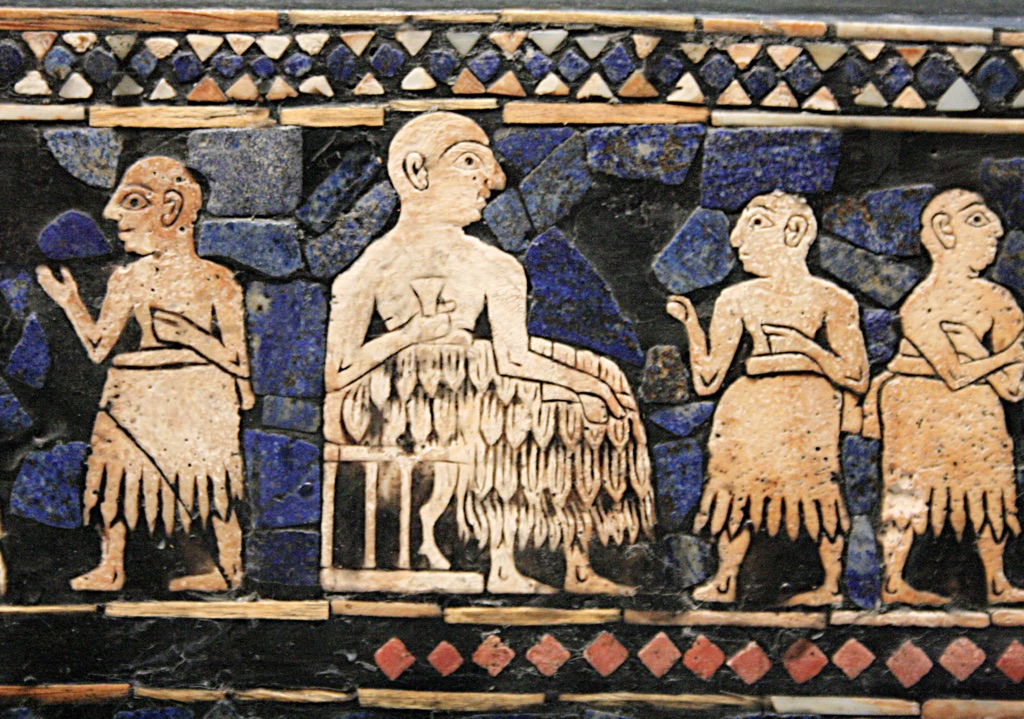
Were the Sumerians the first civilization?
While the Sumerians are often cited as one of the world’s first civilizations, defining what constitutes the “first” civilization can be complex. Civilizations in the Indus Valley and ancient Egypt developed around the same time as Sumer (circa 3000 BCE). However, the Sumerians are credited with many “firsts” in human history, including the creation of the first cities and the development of writing. These innovations mark them as one of the earliest and most influential civilizations in ancient history.
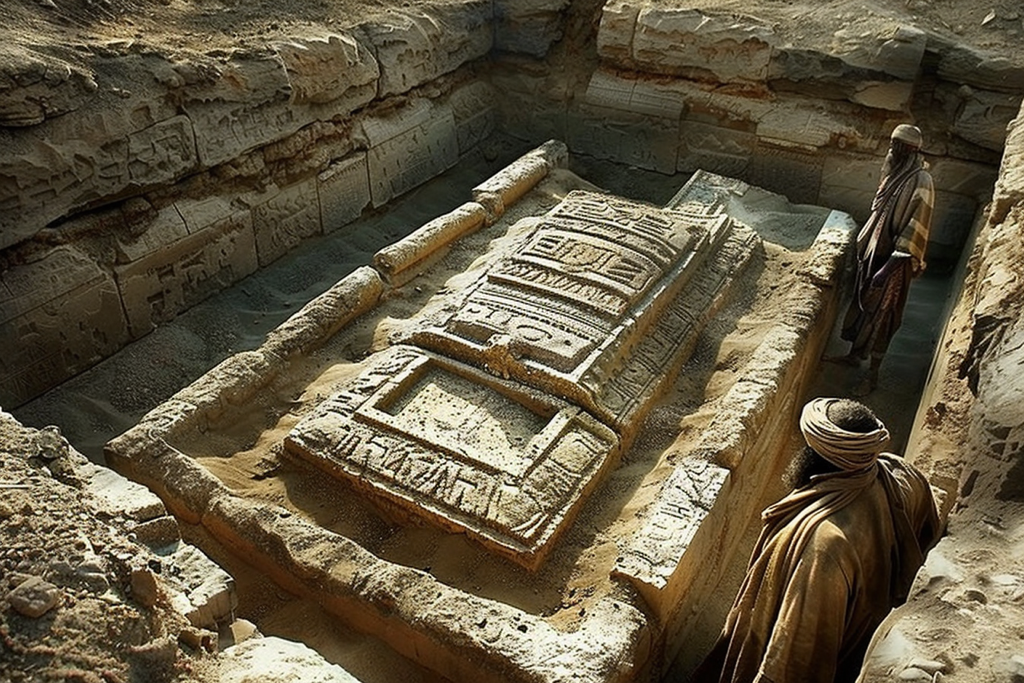
The Tomb of Gilgamesh
In 2003, a significant archaeological discovery was reported by a German-led expedition in Iraq, suggesting the potential unearthing of the tomb of Gilgamesh, a legendary figure in ancient Mesopotamian mythology. Gilgamesh, known from the Epic of Gilgamesh, one of the oldest known pieces of literature, was a king of the Sumerian city-state of Uruk, which thrived around the middle of the 27th century BC. The city of Uruk, a major power in ancient Mesopotamia, is believed to have influenced the modern name of Iraq, although this connection remains a topic of debate among scholars.
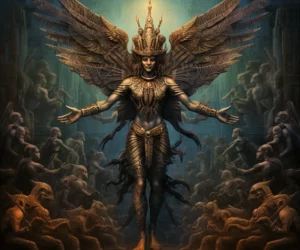
The Anunnaki
The Anunnaki are a fascinating group of deities that played a significant role in the mythology and religion of ancient Mesopotamian civilizations. Their origins, characteristics, and functions have intrigued scholars and sparked the imagination of those interested in ancient cultures. Let’s explore the history, mythology, and cultural significance of the Anunnaki. Origins and Etymology The…
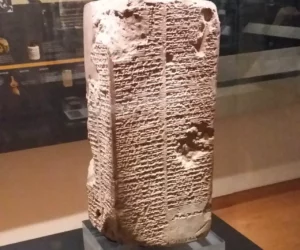
Weld-Blundell Prism
The Weld-Blundell Prism: A Window into Ancient Sumer In 1922, British archaeologist Herbert Weld Blundell unearthed a remarkable artifact during an expedition in Larsa, modern-day Iraq. This find, now known as the Weld-Blundell Prism, dates back to around 1800 BCE and resides in the Ashmolean Museum in Oxford. Standing about 20 cm tall and 9…
 2-300x250.webp)
Mari (Tell Hariri)
Ancient Mari: A Glimpse into a Flourishing City-State Mari, an ancient Semitic city-state, sat in modern-day Syria. This city’s ruins lie on a tell near the Euphrates River, not far from Abu Kamal. Mari thrived from 2900 BC to 1759 BC, thanks to its strategic position on trade routes connecting Sumer, Ebla, and the Levant….
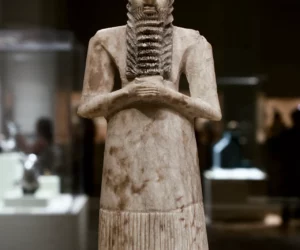
The Tell Asmar Hoard
The Tell Asmar Hoard: An Ancient Mesopotamian Treasure The Tell Asmar Hoard, dating back to the Early Dynastic I-II period (c. 2900–2550 BC), consists of twelve statues (The Eshnunna Statues). These remarkable artifacts were discovered in 1933 at Eshnunna, now known as Tell Asmar, in Iraq’s Diyala Governorate. Despite other finds in Mesopotamia, these statues…

